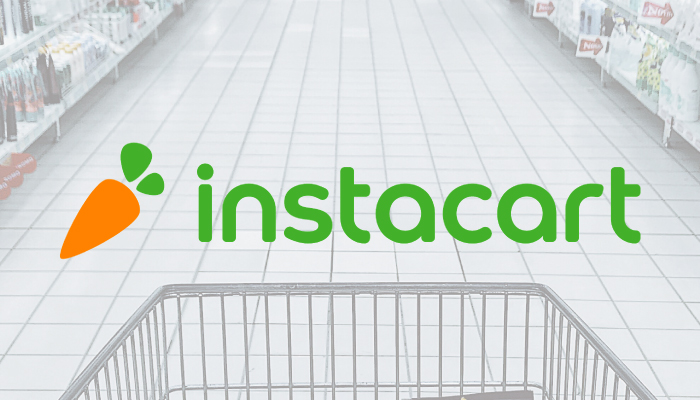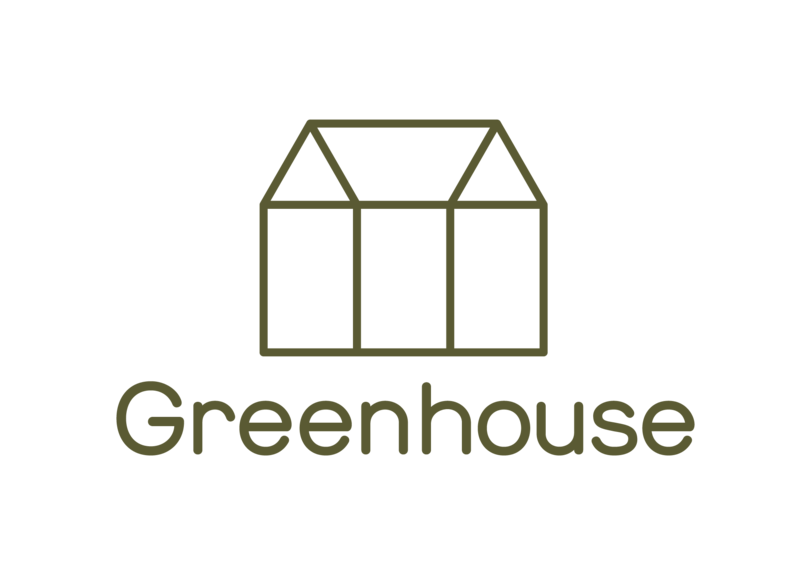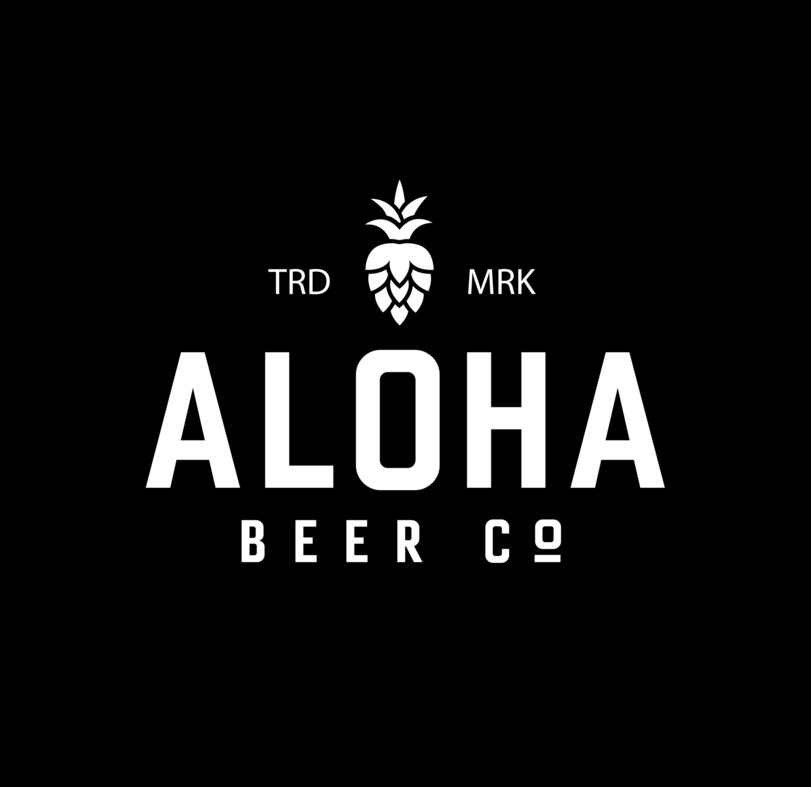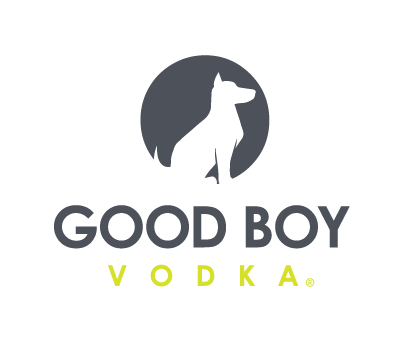Instacart Posts Strong Q2 Results As It Embraces Grocery Tech

Instacart’s core business has moved well beyond its origins in the gig-economy, third-party delivery space as it diversifies deeper into tech-based services. And those efforts appear to be paying off.
According to an earnings call after market close yesterday, Instacart’s gross transaction value (GTV) rose 10% year-over-year in Q2 to $8,194 million. Both its original business and new ventures are seeing growth with orders up 7% to 70.8 million year-over-year while advertising and other revenue streams grew 11% to $228 million, representing 2.8% of GTV.
The platform’s gross profit increased 18% to $623 million, and adjusted EBITDA hit $208 million – a 89% increase year-over-year. Total revenue increased 15% to $823 million, but net income was down by $53 million year-over-year, totaling $61 million in Q2. The company’s stock price has risen 3.4% to $32.50 as of this morning.
According to CEO Fidji Simo, the platform saw over 25 million active users in the past year. The company thinks about its consumers in terms of cohorts, she explained, rooted in the time and conditions around when they joined the platform. Cohort trends were “a significant headwind to 2023 growth,” as the company lapped the dwindling impact of COVID-19-related shopping behaviors, noted CFO Emily Reuter, but now, all new consumer cohorts are reaching bigger basket sizes more quickly than past cohorts.
“Now, at this point, [in] all of our cohorts, we’re really pleased to see – both mature and new – are healthy. Their behaviors have really normalized… What we are focused on now is deepening engagement with our existing and infrequent customers,” Reuter emphasized.
Instacart has done just that by diversifying its offerings so that it services suppliers and retailers in addition to the end-customer with discounts and offers exclusively available via the platform and its Caper Cart technology. The platform’s in-house ad program is also growing with new display advertising formats including Recipes, Occasions, and Bundles, allowing companies including Mondelēz, The J.M. Smucker Co. and Hormel Foods to integrate ads for specific products into these display formats.
“Our over 6,000 active brand partners, big and small, continue to value our leading performance, measurement, data, and product innovation,” Simo told investors during the call. “In particular, CPGs are eager to find new digital merchandising solutions that simply can’t exist in physical stores… We’re also applying our leading advertising capabilities to over a hundred retailers’ owned and operated sites, and with Carrot Ads, we’re allowing our partners to participate in retail media with minimal startup costs.”
Diversification beyond third-party grocery delivery and into new areas of retail and restaurants (via UberEats) as well as offering tech solutions to retailers and suppliers appears to have been key in making Instacart’s business continue. But not all have been able to adapt and pivot with such success…
















